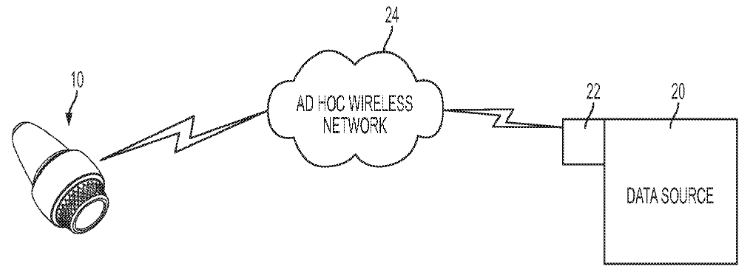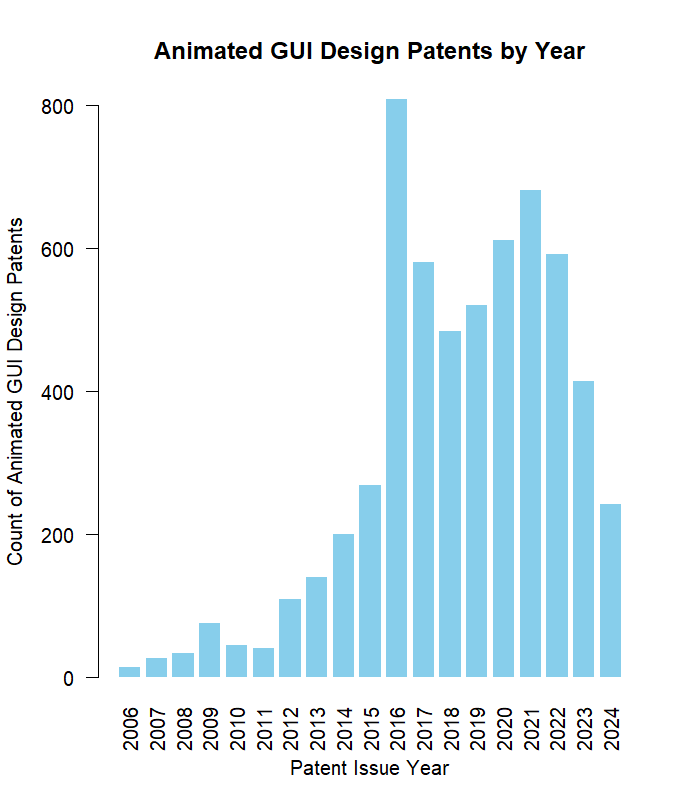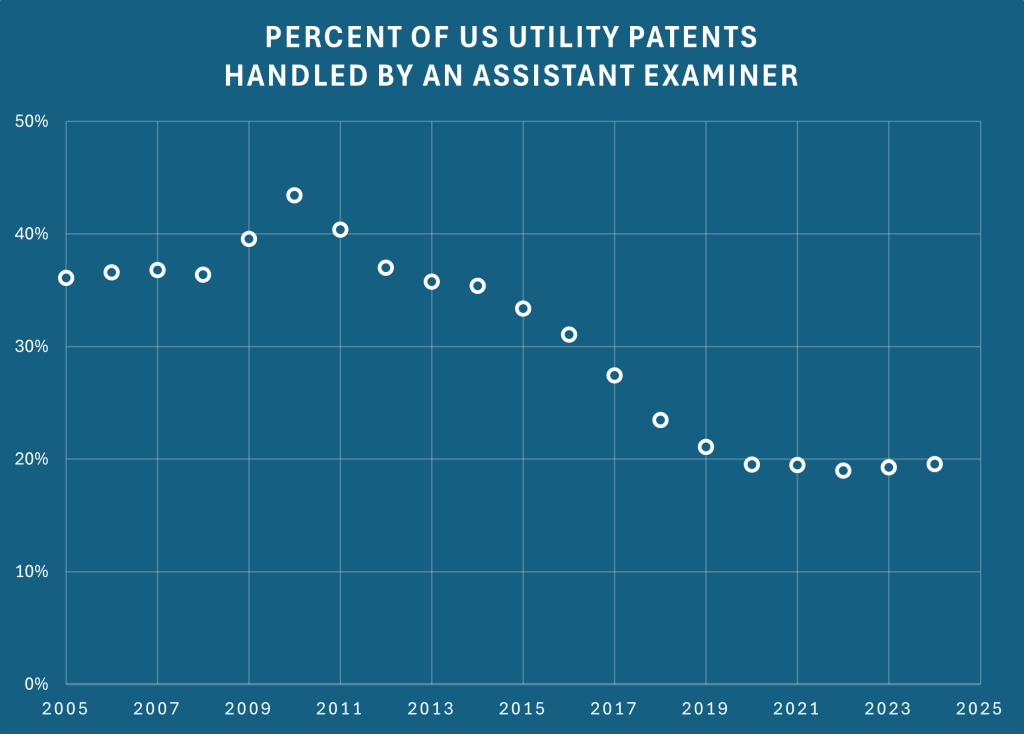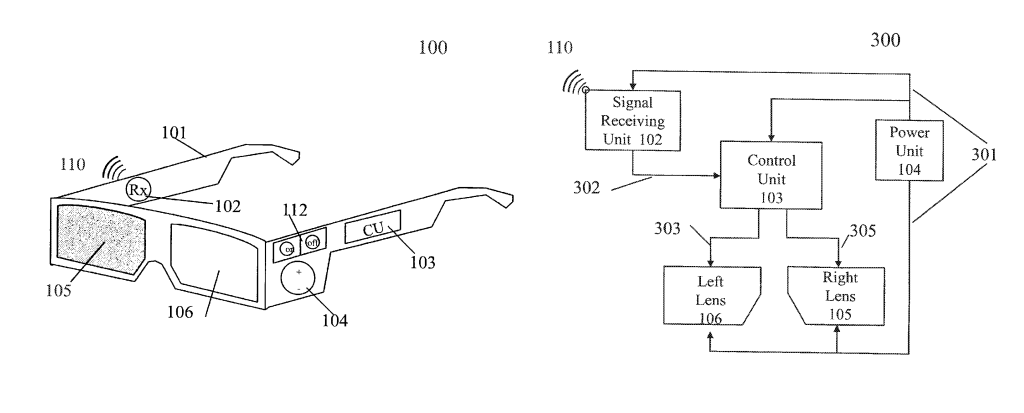by Dennis Crouch
For the vast majority of American history, a judgment of patent infringement (by a court sitting in equity) led almost directly to injunctive relief barring ongoing infringement. This construct was flipped by the Supreme Court's 2006 decision in eBay Inc. v. MercExchange, L.L.C., 547 U.S. 388 (2006), a case which served as the first major step of weakening patentee rights over the past two decades. Now, a new bipartisan bill aims to restore the pre-eBay status quo. The Realizing Engineering, Science, and Technology Opportunities by Restoring Exclusive (RESTORE) Patent Rights Act of 2024, introduced by Senators Coons (D-Del.) and Cotton (R-Ark.), with a House companion bill from Representatives Moran (R-Texas) and Dean (D-Pa.), seeks to reshape and repair the availability of injunctive relief for patent holders. As you'll see, one nice element of the Bill is that it simply adds 1 sentence - creating a rebuttable presumption
To continue reading, become a Patently-O member. Already a member? Simply log in to access the full post.








